Discover your 100% Free Loyalty Programme | Discover

Rose Champagne
A symbol of refinement and celebration, rosé Champagne captivates with its delicate hue and uniquely aromatic character. Discover the secrets of this exceptional nectar, from its noble grape...Read More
Products (145)

HK$3,960.00
HK$660.00 / Unit
In-Stock

HK$2,507.00
HK$2,612.00
HK$417.83 / Unit
In-Stock

Enjoy a 10% discount*
on the cuvées R de Ruinart, Brut Rosé, and R de Ruinart 2016 with the code: RUINART2025

HK$2,566.00
HK$427.67 / Unit
In-Stock

HK$3,112.00
HK$518.67 / Unit
In-Stock

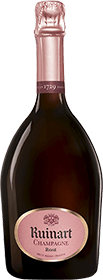

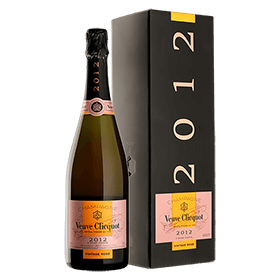
HK$3,977.00
HK$662.83 / Unit
In-Stock

HK$2,450.00
HK$2,607.00
HK$408.33 / Unit
Stock currently at the producing estate – Will ship after 30 November 2025


HK$2,794.00
HK$465.67 / Unit
In-Stock


HK$3,658.00
HK$609.67 / Unit
In-Stock
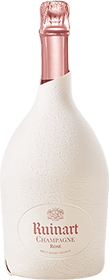

HK$1,103.00
HK$1,103.00 / Unit
In-Stock

HK$4,794.00
HK$1,598.00 / Unit
In-Stock

HK$4,341.00
HK$723.50 / Unit
In-Stock


HK$1,327.00
HK$1,561.00
HK$1,327.00 / Unit
In-Stock
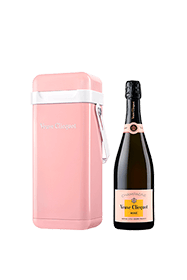
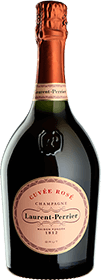

HK$1,884.00
HK$314.00 / Unit
In-Stock

HK$2,146.00
HK$2,521.00
HK$2,146.00 / Unit
In-Stock

HK$2,263.00
HK$2,263.00 / Unit
In-Stock
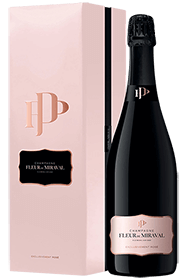
HK$2,185.00
HK$2,521.00
HK$2,185.00 / Unit
In-Stock
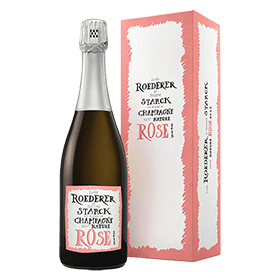
HK$739.00
HK$739.00 / Unit
In-Stock
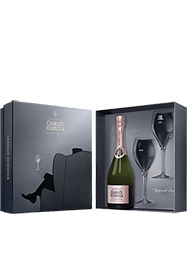
HK$708.00
HK$708.00 / Unit
In-Stock

HK$3,363.00
HK$1,121.00 / Unit
In-Stock
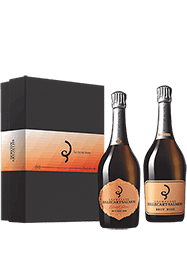
HK$2,228.00
HK$1,114.00 / Unit
In-Stock

HK$792.00
HK$792.00 / Unit
In-Stock


HK$7,162.00
HK$1,193.67 / Unit
In-Stock

HK$2,029.00
HK$2,521.00
HK$2,029.00 / Unit
In-Stock





HK$5,888.00
HK$981.33 / Unit
In-Stock
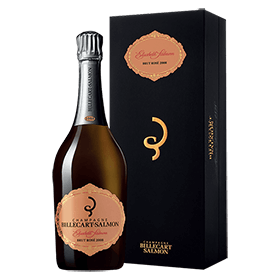
HK$2,157.00
HK$2,157.00 / Unit
In-Stock

HK$4,932.00
HK$822.00 / Unit
In-Stock

HK$3,347.00
HK$3,347.00 / Unit
In-Stock


HK$2,308.00
HK$2,308.00 / Unit
In-Stock

HK$1,186.00
HK$1,186.00 / Unit
In-Stock
Single bottle
2018
2017
2016
2015
2014
2013
2012
2011
2010
2009
2008
2007
2006
2005
2004
2002
2000
1999
1998
1997
1996
1995
1988
1985
NV
Half-bottle
37.5CLBottle
75CLMagnum
1.5LJeroboam
3L - 5LMathusalem
6LSalmanazar
9LBalthazar
12LNabuchodonosor
15LOthers
--